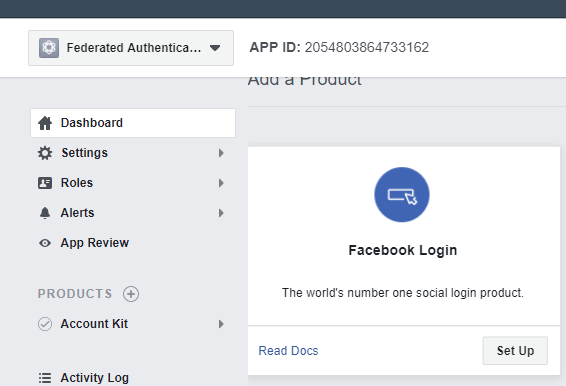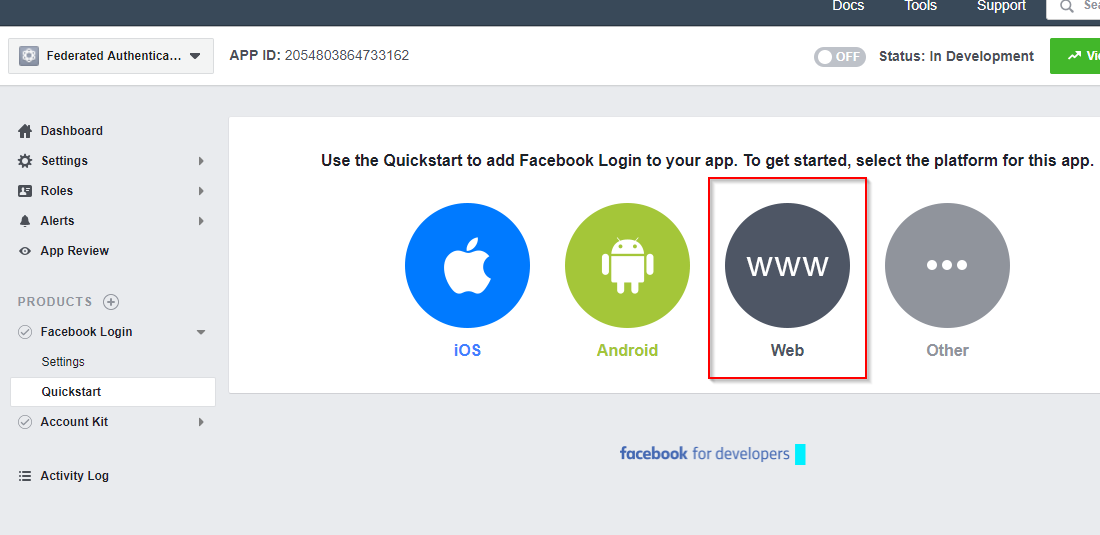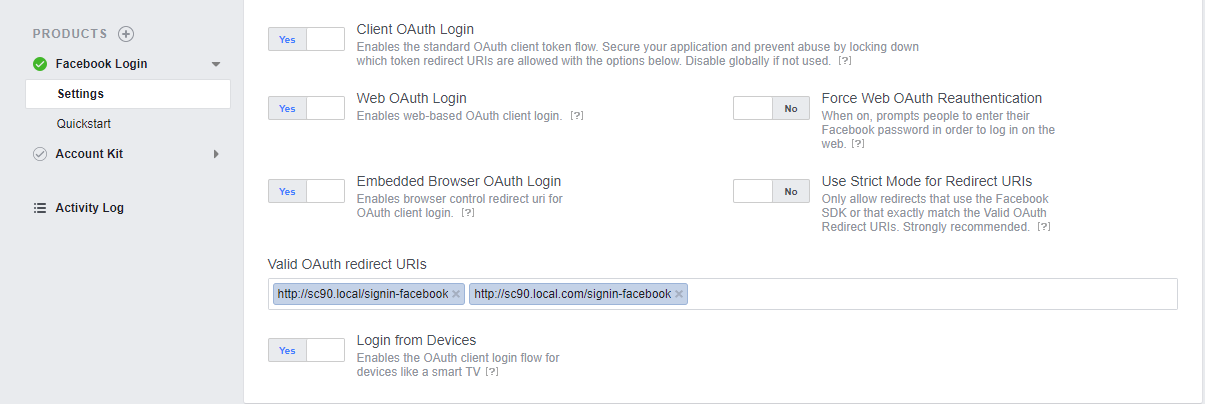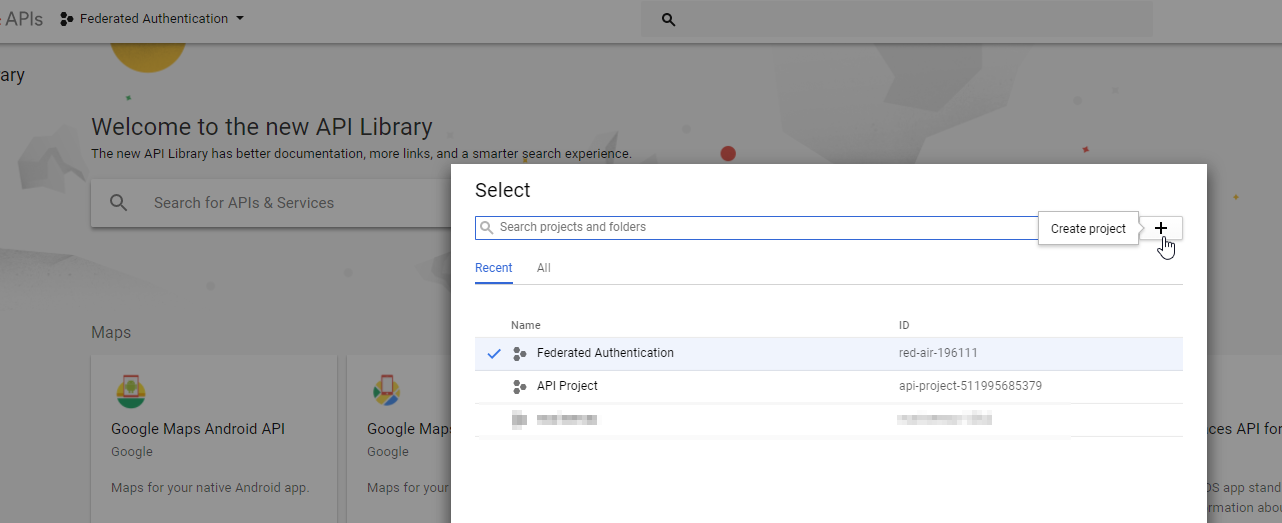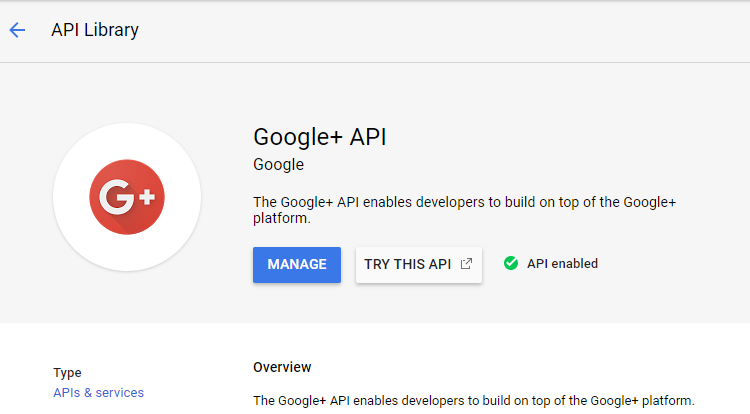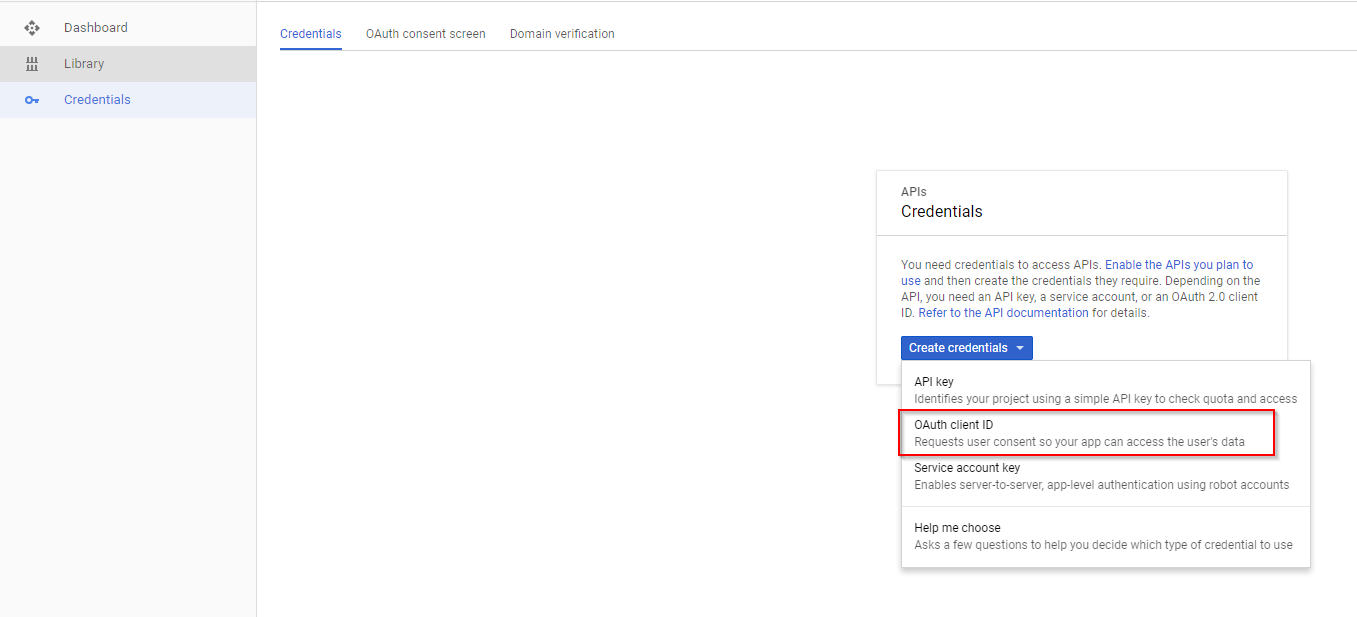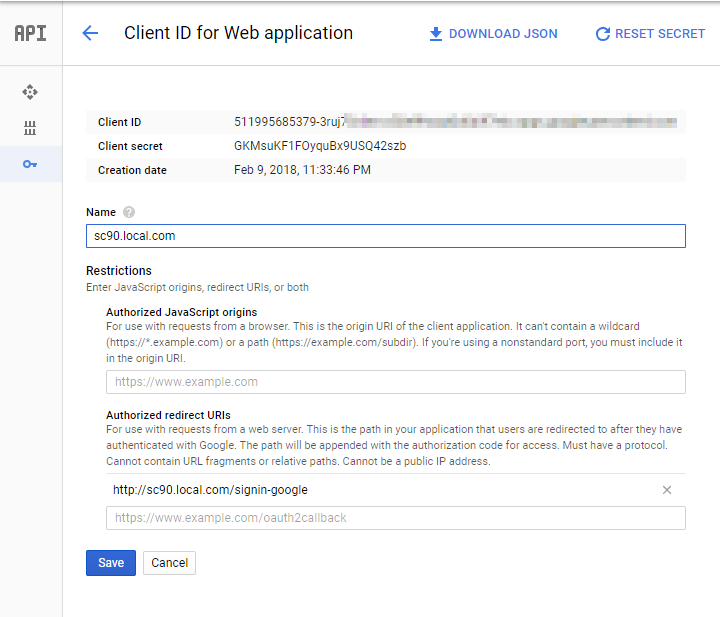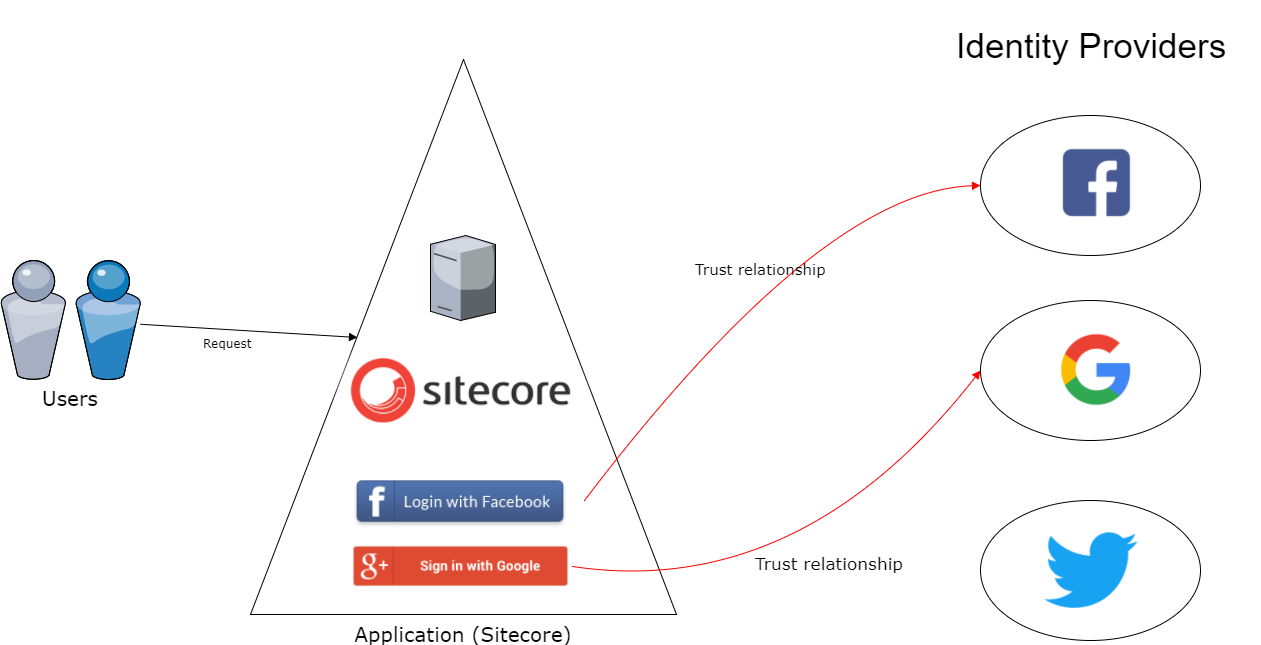If you have followed my previous post, I hope you should now be able to login to Sitecore using External Identity Provider. In this post, we will see more about Claims Identity and store required values in Sitecore User Profile also we’ll create a user with the user’s email address instead of the hash code.
Claims Identity
Claims-based identity is a common way for applications to acquire the identity information they need about users inside their organization, in other organizations, and on the Internet.
Both Google and Facebook provide different claim identity name and value. So in order to bind properly, we have to update the configuration as below. You should explore Facebook Graph API from Facebook and OAuth 2.0 Playground from Google in order to get more information about the user.
In order to store the Full Name value of a user in Sitecore, I was trying to add http://schemas.xmlsoap.org/ws/2005/05/identity/claims/name claim directly to a Full Name Property in Sitecore User Profile for a user in Property Initializer Mapping. But each time I try to add it always store sitecore\APTixbqulVz0qp5xEbNrkA in the Full Name instead storing Nikki Punjabi as a name, which I was getting from both the identity providers as a claim value.
Solution:
<!--Add Full Name Claim Transformation--> <transformation name="name" type="Sitecore.Owin.Authentication.Services.DefaultTransformation,Sitecore.Owin.Authentication"> <sources hint="raw:AddSource"> <claim name="http://schemas.xmlsoap.org/ws/2005/05/identity/claims/name" /> </sources> <targets hint="raw:AddTarget"> <claim name="FullName" /> </targets> </transformation>
